EOB and Claims Processing Software Tools
Top performing hospital systems and clearinghouses are improving patient care using intelligent document processing. They are also spending less money on critical tasks like:
What is the key to doing this?
The key to quickly achieving sustained net operating margin is optimizing the revenue cycle through better data management.
Here is How We Streamline Each Step of the Claims Process:
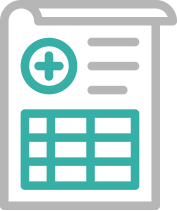
Step 1: Insurance verification and eligibility
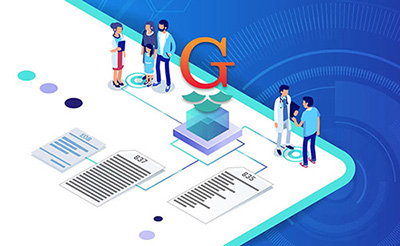
When a patient visits a doctor’s office or healthcare provider, manual insurance verification creates many costly opportunities for error. Healthcare centers that do not collect deductibles upfront, or collect the wrong amount, suffer huge revenue losses.
This is an increasingly critical situation as more patients have higher deductibles and maximums.
Our solution: Increase approval rates by automating eligibility for claim acceptance before the claims are even submitted.
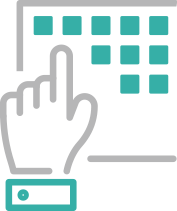
Step 2: Data entry and patient demographics
After the patient leaves the doctor’s office, accurate entry of patient demographic information is vital for claims acceptance. Errors slow the revenue cycle, hurt the patient experience, and create additional work.
Our solution: Create workflows that validate information and flag any patient record missing key documentation.
Grooper reads forms and recognizes checkboxes without requiring complex templates, and flags any errors for humans to review them. This streamlines all paper, digital, and mixed registration processes in order to submit accurate 837 claim forms – and speeds up the entire process.
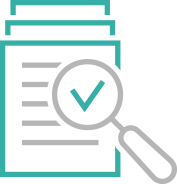
Step 3: Pre-screening EDI 837 for errors
Forms such as 837 require:
- An accurate description of the patient
- The condition for which treatment was provided
- The services performed
- The cost of treatment
More often than not, these forms are sent to third-party clearinghouses which are a middleman company between the Provider and Payer (the insurance company).
Because the sheer volume of claims submitted every day is growing alongside compliance and rule-changes, manual claims auditing is just not practical. Adding to the difficulty is the fact that Payers / insurance companies each have their own forms and templates which must be used to submit information for claims approvals, so using clearinghouses with smart automation is cost-effective and efficient.
Our solution: Clearinghouses will automatically scrub these forms using intelligent technology and check ICD / CPT codes for errors. The final form will be filed according to the insurance carrier’s standard format. Automation makes catering to thousands of different formats much easier to manage (both on data input and output).
Because this form must be accurate in order to receive payment and to backfill other forms (the 835, for example), clearinghouses use Grooper to easily compare and combine information from multiple sources. This also includes pulling data from any submitted UB-04 / HCFA 1500 forms.
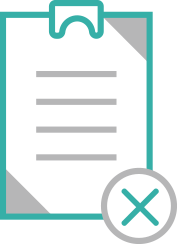
Step 4: Denial management and claims adjudication
As mentioned previously, healthcare clearinghouse companies will use data from the 837 form to create accurate and complete 835 forms to communicate what charges were paid, reduced, or denied, and additional payment information.
It is inevitable that some of these claims will be denied. But retrospective denials are an industry silent killer of net revenue.
Retrospective denials are more tricky to act upon because they are easily missed and will happen long after the original claim was submitted.
Our solution: Grooper software immediately detects denials and flags them, which alerts Providers to act upon them quickly.

Step 5: Recognize revenue quicker by decreasing days in accounts receivable
Getting claims accurately filed is only half the battle. Providers with faster financial processing workflows get their revenue faster by decreasing accounts receivable times.
As a result, electronically processing EOBs and bank statement information with intelligent automation is critical.
Our solution: Managing BAI and ACH files with Grooper makes quick work of processing CTX, PPD, and CCD addendum records.
In typical scenarios robotic process automation (RPA) will deliver up these files, including correspondence documents, to Grooper for validation. Workflows then route information to human workers as needed and finally back to RPA bots for further processing.
A New Solution for EOB Processing

Onboarding new Payers and Providers is faster now than ever. Gone are the days of hard-coded claim extraction templates. Insurance companies have created over 6,000 different EOB layouts, so hard-coding templates for even 80% of them is not an effective solution.
EOB processing has been forever changed.
This is possible through intelligent document processing, which uses Smart Label Classification to onboard hundreds of EOBs in days, not weeks.
Smart Label Classification classifies documents based on labels within a document, treating them as a “fingerprint.” This method provides reliable classification on complex, semi-structured documents.
Read so much more about our industry-best EOB conversion solutions!
4 Healthcare Claims Processing Solutions:

Revenue and Payment Cycle Management
You can cut days off claims staying in accounts receivable by integrating billing applications with integrated data via automated EOB and claims processing.
- Process BAI and ACH files along with addendum records (CTX, PPD, and CCD formats) for fast payment processing.
- Enhance software applications and B2B data conversions for revenue and payment cycle management solutions.
- Quickly convert electronic and paper claims into EDI for submission.
- Return valuable revenue through proactive retrospective denial management.
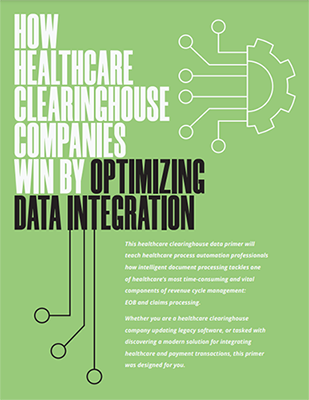
White Paper: Success for Healthcare Clearinghouses
Learn how healthcare clearinghouse companies are winning by optimizing their data integration. Check out our white paper!
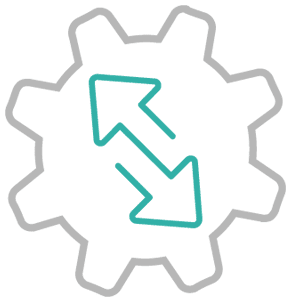
Healthcare Data Integration
Because of the wild variety of forms and information used in insurance claims management, intelligent document processing (IDP) is an effective and proven solution to modernize healthcare claims processing.
Integrate your software applications with existing claims management, billing, RPA, and EMR systems. In addition, with Grooper healthcare claim forms processing, you convert a wide variety of forms including the most common claim forms (which are the CMS-1500 / HICFA and UB-04) paper-based claims into 837 files.
Though both of these forms look very similar, they are actually a little different: CMS-1500 forms are used in smaller medical facilities (like private practices). Meanwhile, UB-04 forms are used in large institutional facilities like hospitals.

Robust Information Capture
The benefit of using IDP is end-to-end healthcare data capture. IDP solutions include robust electronic data ingestion, document scanning, high accuracy OCR, document classification, data extraction, external database lookups, rules-based processing, data verification, and integration with RCM software and process automation solutions.
Grooper supports integration for information capture from standard and custom insurance claim forms, reports, e-signature, email, and electronic paper sources, whether machine or human generated. Process thousands of different EOB formats from multiple Payers and normalize ERA / 835 forms.

Intelligent Claims Processing
Process healthcare claims and EOBs the way that humans work. Because IDP uses template auto-builders, onboarding new document types is a streamlined process.
Algorithms intelligently process remark codes and descriptions to flag new Payer specific codes for human review and mapping to standard ANSI codes (or custom overrides) for the 835.
Purpose-built rules engines process data elements on a global, customer, or Payer level. The rules may be as simple as requiring the existence of a data element, or more complex such as requiring data to match a regular expression, or mathematical validation.
In addition, this makes complying with HIPAA regulations even easier as all claims are processed electronically. There are still some manual processes that other claim processing solutions cannot automate. However, in our work with one of the top EOB processing groups in the world, we have automated all of these manual processes.

Mini Case Study
In a recent project, one of the U.S.’s largest healthcare data processing companies needed a solution to process B2B data, billing, and insurance claims information for hundreds of thousands of patients. The workload required on back-end systems and technology service providers was massive.
By using intelligent document processing and Smart Label Classification, they transform gigabyte-sized text files into billions of data extractions every day to complete their mission-critical workflows.
Contact us today for faster and easier healthcare claims processing. Because nobody should have to suffer through painful data integrations.
Healthcare Claims Processing FAQs:
What is a claim?
Basically, a medical claim is an invoice that a doctor or medical clinic submits to a patient’s health insurance company so they can get paid. A claim shows all of the medical services that the provider rendered to the patient, including:
– A medical procedure
– A diagnosis
– Medical devices
– Medical supplies
– Medication / pharmaceuticals
The claim also details the related charges that came with the services. The claims reimbursement process includes many administrative and and approval steps, such as claims review, research, adjusting, and denial or remittance.
What is medical claims processing?
Medical claims processing (or healthcare claims processing) is the process of an insurance company reviewing data in medical claims, then investigating, adjusting and ultimately approving or denying the claim.
The process begins when a healthcare provider submits claim request forms to various insurance companies. This can be done directly, when medical billers who work in that specific medical facility send in claim requests to various insurance companies. Or the process can have an indirect workflow, when a biller sends in claims requests to a third-party health care clearinghouse.
Through the process, there can be dozens of steps among data investigation, adjusting, adjudication and approval. Some of these steps are automated and in many places, these steps are still manually fulfilled.
Healthcare Technology Testimonials
Featured Case Studies
Thousands of companies choose BIS to enrich products and services with unique data-centric solutions. Here are some of their stories.
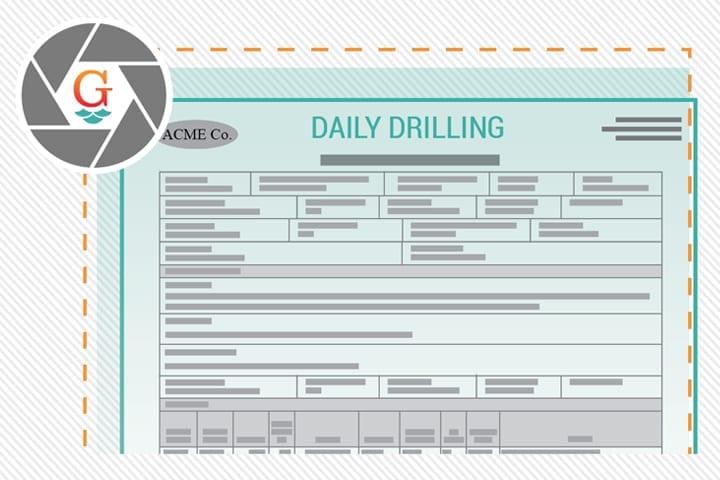
Big Data Analytics in Oil and Gas Industry: Strike Gold with Powerful Data Extraction
Wouldn’t it be great to quickly get the data out of countless documents (no matter the format) and seamlessly put it into your analytics platform?
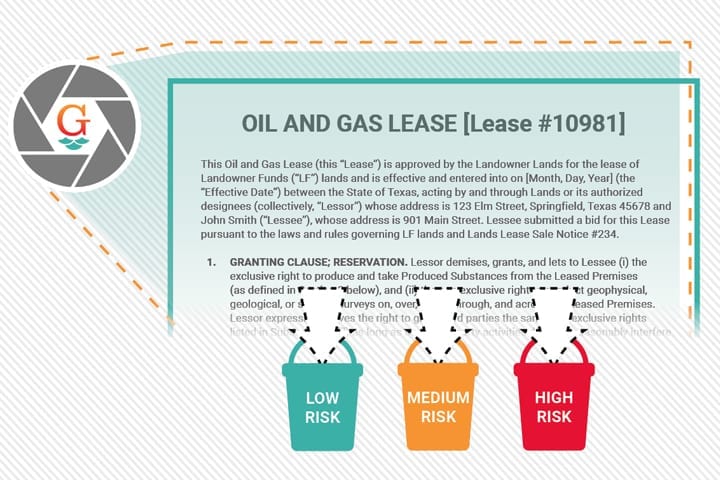
Outsmart the Competition with Document Classification Software
Discover a new way that one company is beating the block and beating the competition with document classification software.
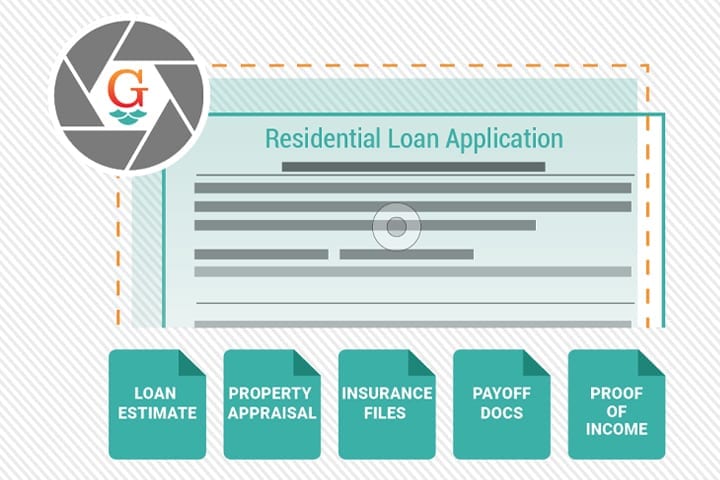
Automation Cutting Mortgage Processing Time in Half
A large nation wide credit union uses Grooper to streamline automated mortgage processing for their customers.
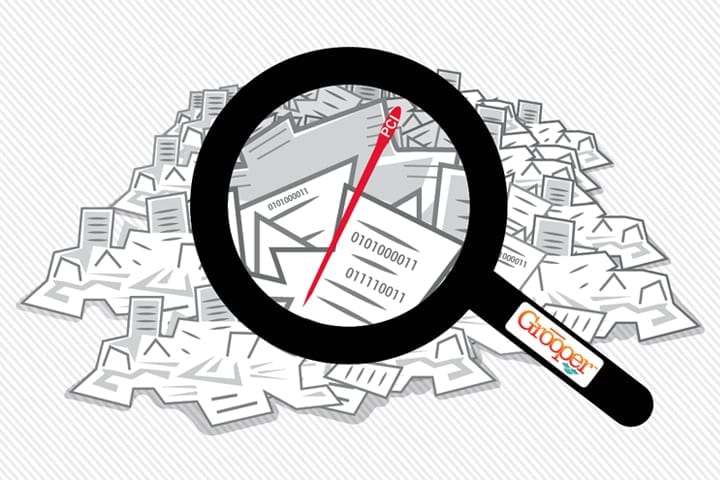
Quick PCI Data Protection That Works Across Core Systems
Managing PCI data contained across financial services content management systems, email servers, and file systems is extremely easy with Grooper.
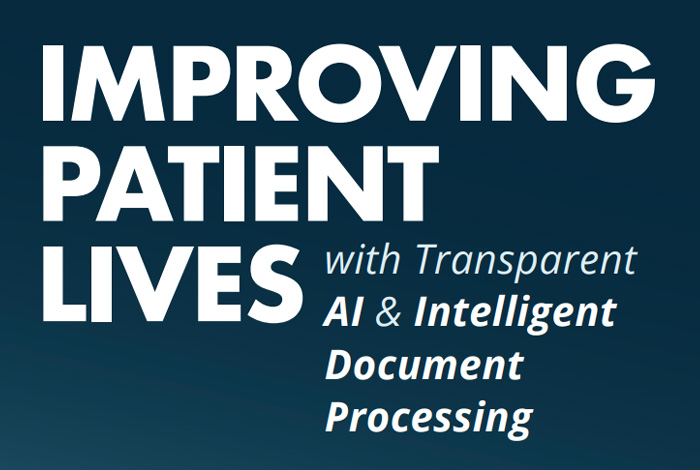
Case Study: Data Extraction in Medical Documents
See how a leader in the medical / healthcare equipment industry is improving their patient’s lives days or weeks faster through improved data extraction.

How One Agency Drastically Cut Costs and Improved Services
Many companies are benefitting from data integration tools. This is a story of how one company greatly cut costs and made work easier for its employees.
